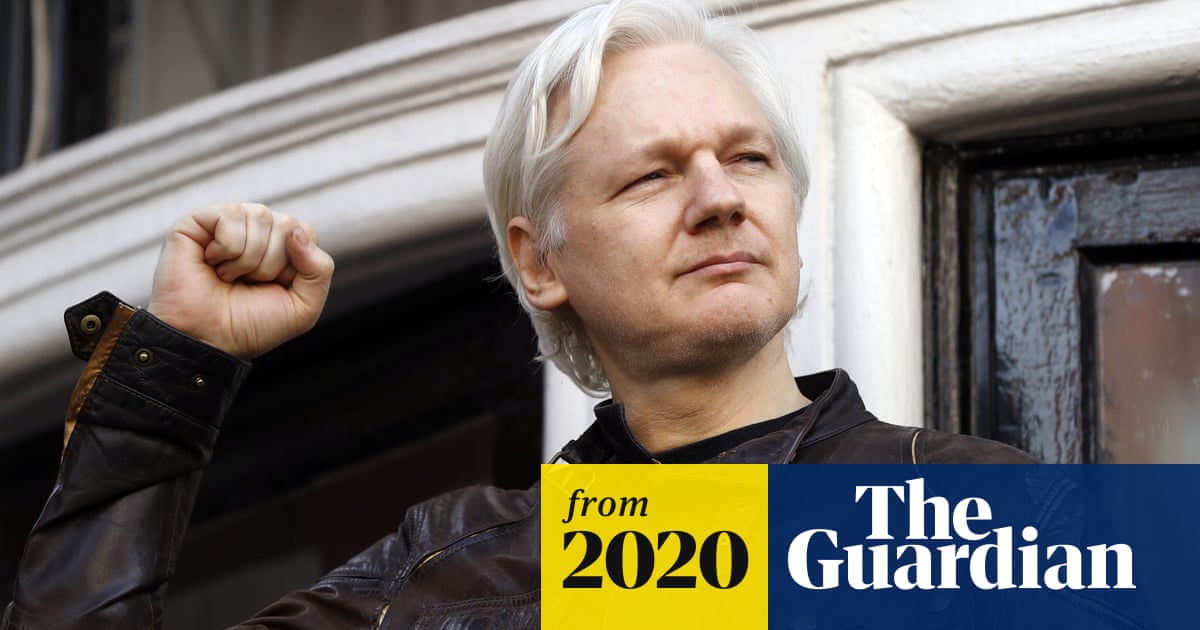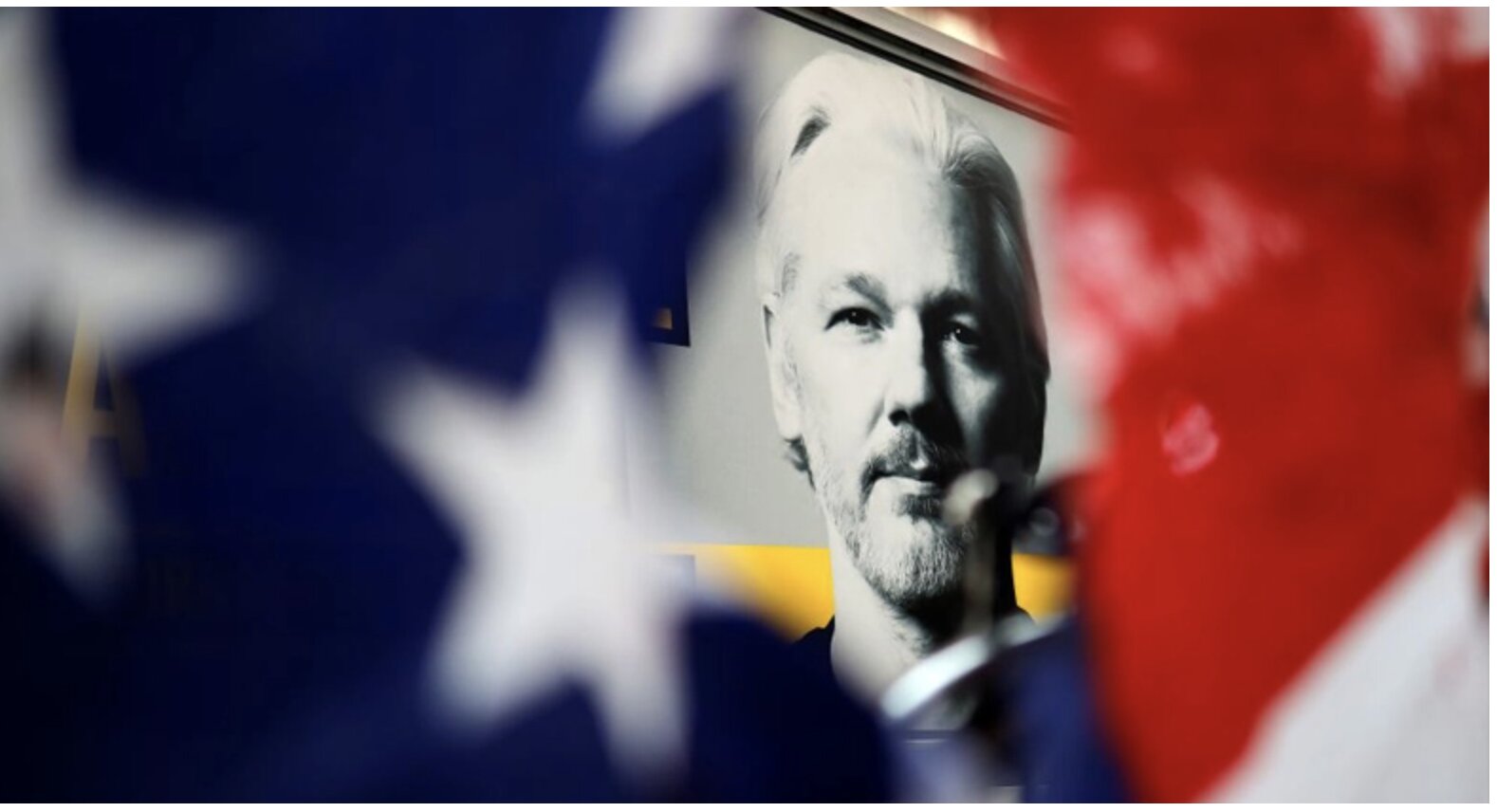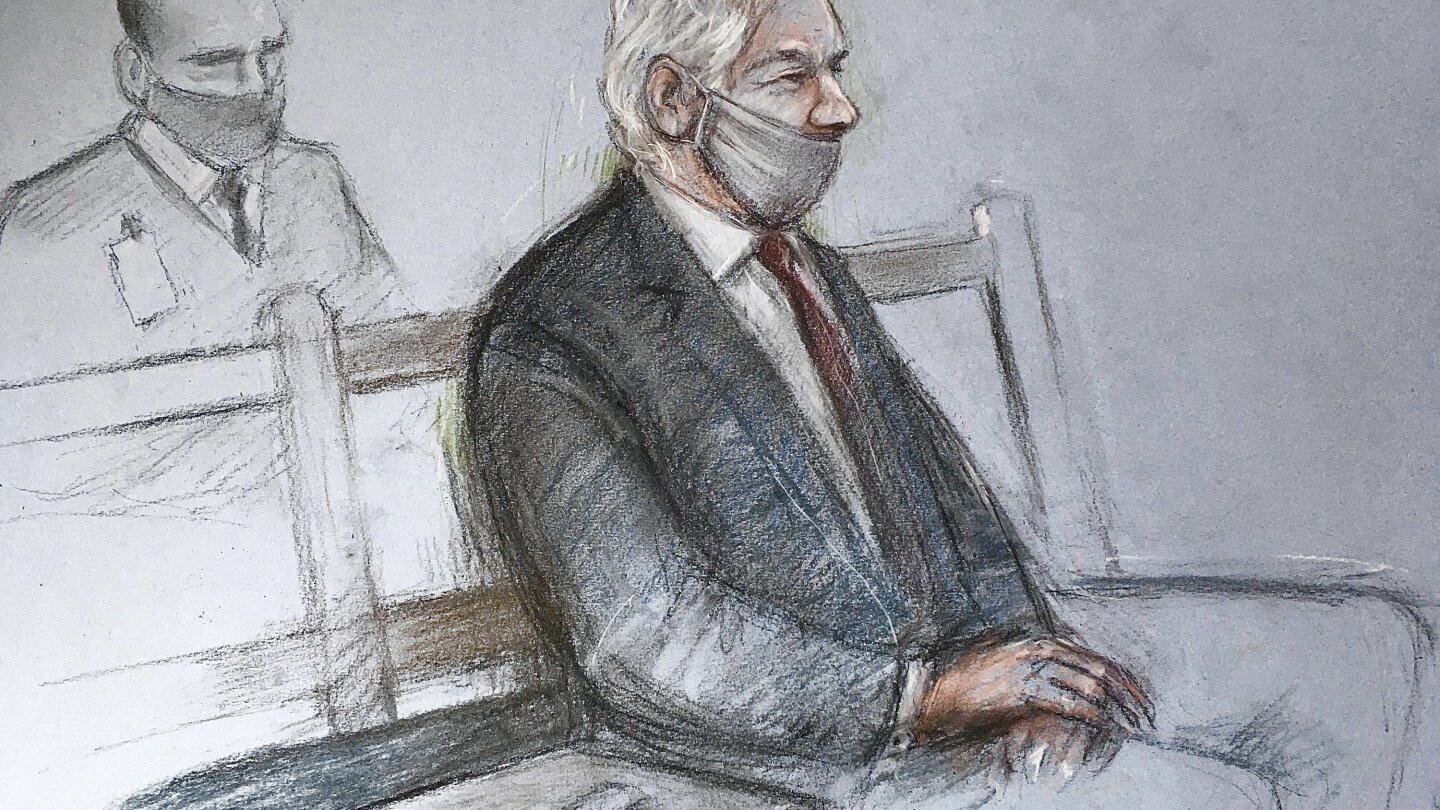Tom Paine 1949
Diamond Member
- Mar 15, 2020
- 5,407
- 4,513
- 1,938
I dedicate this new post to the ongoing extradition trial of Wiki Leak’s founder Julian Assange. Feel free to add comments on this precedent-setting “international freedom of the press” hearing.
I reported earlier on Trump’s decision to prosecute Assange and Mike Pompeo’s CIA spying on him when he was still in the Columbian Embassy: How Pompeo’s CIA spied on Julian Assange. Here is an updated report:
The third day of extradition proceedings against Julian Assange at the Old Bailey resumed on the point of politics. Assange as a figure of political beliefs; Assange as a target of the Trump administration precisely for having them. The man sketching the portrait was Paul Rogers, Emeritus Professor of Peace Studies at Bradford University.
It is no mean feat trying to pin down Assange’s political system. Leftward, rightward, with resistance to the centre? Lashings of libertarianism; heavy doses of anti-war and holding the powerful to account? Such figures tend to be sui generis. In his submitted statement to the court, Rogers suggests a uniform theme. “The political objective of seeking to achieve greater transparency in the workings of governments is clearly both the motivation and the modus operandi of Mr Assange and the organisation WikiLeaks.”
On the stand, Rogers described the Assange method of influence and disruption: the release of the war logs, their influence on public opinion regarding the US imperium’s engagements in Iraq and Afghanistan, the revelations of 15,000 unaccounted civilian casualties. The butcher’s bill of the imperium ... was laid bare by the WikiLeaks’ releases.
For Rogers, this approach jarred with various US administrations, but none more so than that of Trump’s. Assange’s entire approach and “what he stands for represents a threat to normal political endeavour.”...
The Obama administration had ... not [prosecuted] Assange; those in the Trump administration had warmed to the idea. Not quite getting his pound of flesh, Lewis moved on to targeting the reasons why the Obama administration had gone cold on prosecuting Assange...
Post-lunch interest then turned to Trevor Timm, Director of Freedom of the Press Foundation. As he points out in the submitted statement, “The decision to indict Julian Assange on allegations of a ‘conspiracy’ between a publisher and his source or potential sources, and for the publication of truthful information, encroaches on fundamental freedoms.” WikiLeaks was a pioneer in secure submission systems such as SecureDrop, one that had been emulated by media outlets such as the Wall Street Journal and Al Jazeera....
The Trump administration, however, had proved bolder than its predecessors. The Espionage Act had been previously floated at such journalists as James Bamford, Ben Bradlee, Seymour Hersh and Neil Sheehan. It took Assange’s arrest and charging in 2019 to break with tradition.... Were the prosecution permitted “to go forward, dozens of reporters at the New York Times, Washington Post and elsewhere would also be in danger.”
Assange’s Third Day at the Old Bailey: Bias, Politics and Wars on Journalism - CounterPunch.org
I reported earlier on Trump’s decision to prosecute Assange and Mike Pompeo’s CIA spying on him when he was still in the Columbian Embassy: How Pompeo’s CIA spied on Julian Assange. Here is an updated report:
The third day of extradition proceedings against Julian Assange at the Old Bailey resumed on the point of politics. Assange as a figure of political beliefs; Assange as a target of the Trump administration precisely for having them. The man sketching the portrait was Paul Rogers, Emeritus Professor of Peace Studies at Bradford University.
It is no mean feat trying to pin down Assange’s political system. Leftward, rightward, with resistance to the centre? Lashings of libertarianism; heavy doses of anti-war and holding the powerful to account? Such figures tend to be sui generis. In his submitted statement to the court, Rogers suggests a uniform theme. “The political objective of seeking to achieve greater transparency in the workings of governments is clearly both the motivation and the modus operandi of Mr Assange and the organisation WikiLeaks.”
On the stand, Rogers described the Assange method of influence and disruption: the release of the war logs, their influence on public opinion regarding the US imperium’s engagements in Iraq and Afghanistan, the revelations of 15,000 unaccounted civilian casualties. The butcher’s bill of the imperium ... was laid bare by the WikiLeaks’ releases.
For Rogers, this approach jarred with various US administrations, but none more so than that of Trump’s. Assange’s entire approach and “what he stands for represents a threat to normal political endeavour.”...
The Obama administration had ... not [prosecuted] Assange; those in the Trump administration had warmed to the idea. Not quite getting his pound of flesh, Lewis moved on to targeting the reasons why the Obama administration had gone cold on prosecuting Assange...
Post-lunch interest then turned to Trevor Timm, Director of Freedom of the Press Foundation. As he points out in the submitted statement, “The decision to indict Julian Assange on allegations of a ‘conspiracy’ between a publisher and his source or potential sources, and for the publication of truthful information, encroaches on fundamental freedoms.” WikiLeaks was a pioneer in secure submission systems such as SecureDrop, one that had been emulated by media outlets such as the Wall Street Journal and Al Jazeera....
The Trump administration, however, had proved bolder than its predecessors. The Espionage Act had been previously floated at such journalists as James Bamford, Ben Bradlee, Seymour Hersh and Neil Sheehan. It took Assange’s arrest and charging in 2019 to break with tradition.... Were the prosecution permitted “to go forward, dozens of reporters at the New York Times, Washington Post and elsewhere would also be in danger.”
Assange’s Third Day at the Old Bailey: Bias, Politics and Wars on Journalism - CounterPunch.org
Last edited:






